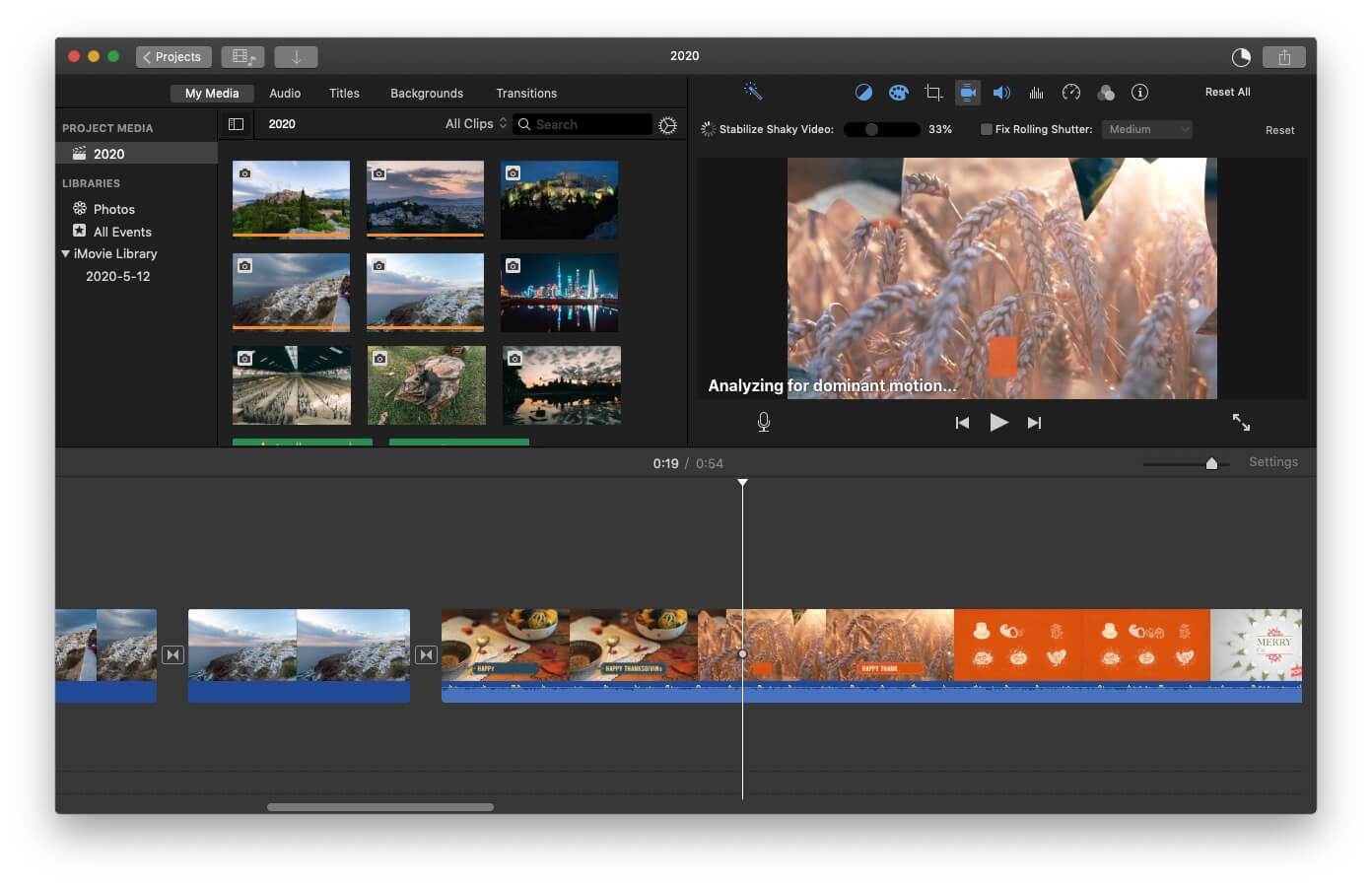

This tells us that users are more likely to stay engaged with a video that is vertical. According to Snapchat, advertisers report the completion rates of their vertical video ads as 9x higher than their horizontal video ads. The social media platform which popularized vertical video and allowed people to tell their stories in full-screen vertical mode was Snapchat. Only 13% of people switch their device horizontally to watch a video. One way doesn’t exclude the other. Social media users prefer vertical videos, but when we talk about TV production, the audience always demands horizontal videos. They also can’t be as effective as they are in a horizontal video.

For instance, scenes that have more than one person involved, or those that include dynamics and motion, are never vertical. The horizontal format is far superior to vertical when showing most things in daily life. The main reason for making horizontal videos is the horizontal alignment of our eyes we spend our lives on a horizontal plane. Mobile owners hold their phones upright 94% of the time, and they want to consume content without having to rotate their phones 90 degrees. It takes up the entire screen on the phone, focusing the user’s full attention on the played video. Not to mention that smartphones design forces you to hold them vertically. A vertically-oriented or portrait-mode video is the one that is taller than wider.


 0 kommentar(er)
0 kommentar(er)
